
Australian School of Advanced Medicine
Surgery school is hands-on at Macquarie Uni.
Text:/ Tim Stackpool
Main Photo:/ Paul Wright
A visit to the newly established Australian School of Advanced Medicine is more like stepping into a perfect industry synergy between complex higher medical education and customised audio visual development. Imagine stepping onto the lab set of an episode of CSI Epping and you’re getting close to the experience. Various medical apparatus surrounded by hi-tech LCD monitors, remote controlled cameras, anatomically correct dummies that can speak [sounds more like Search for a Supermodel – Ed.], and discreet control rooms for recording and appraising the scholars are all integrated into a purpose built and highly functional facility.
Yes, it’s impressive. Macquarie University recently opened a 200-bed private hospital, complete with 12 operating theatres, each of which is linked back via fibre optics to the school in the adjoining building. Various POV (point of view) cameras fit into surgical appliances, and the vision can be patched back to lecture rooms by the mere dancing of fingers on AMX touchscreen controllers elegantly recessed into the walls of the theatres. Recorded vision can be called for replay in any of the venues within the school, be it a formal classroom setting or collaborative conference. Students can collaborate around a table and observe complex surgeries in real time, video conference with the operating theatre, and can converse with the surgeon in situ.
SCRUBBED UP WELL
Within the school’s simulated operating theatre, used both for training and appraisal, stands a virtual replica of the real theatres, with the experience for the student commencing right from the point of ‘scrubbing in’. Observation and recording of students’ actions begins from this point. Within the theatre, remote cameras keep watch on the simulation, and microphones mounted in the ceiling allow for monitoring and recording of the conversations during the procedure. The Laerdal subjects (crash test-like dummies) are fitted with RF receivers and internal speakers, so that actors out of the room can converse remotely with the ‘doctor’ as if the patient were real.
Meanwhile, behind an innovative one-way screen and glass wall, appraisers can follow the action while switching between camera angles, and record the proceedings on video servers, logging critical points in the recording for instant replay when reviewing the events in another room.
The logging and replaying of such video is one of the most impressive features of the facility. Any recording can be ‘tagged’ on the fly, and metadata notes added to the vision. When it comes time for review, navigating the in-wall mounted touchscreen in any of the lecture rooms or conference areas can locate the vision, presented as a series of clips, which the lecturer or reviewer can replay, pause, scroll or fast forward. Dallmeier encoders and servers were installed for the purpose, hailing from the security industry. Being modular, the input and storage capabilities of the servers can be increased if desired.
As you would expect, each of the various teaching venues are fitted with ample flat screen displays, video projectors and interactive whiteboards (see the inventory list). Most rooms have video conferencing access. It’s a joy to behold, and much of the operational specification was written by John Cartmill, Professor of Surgery at the school, and he remarks that he is ‘very pleased’ with the result: “Audiovisual facilities allow us to look very closely and critically at what we do – analyse it, learn from it, perfect it, try it again,” the professor told AV. “Surgery is one of the ‘doing’ professions. Judgement, experience and consultation with others are all important but ultimately surgery is action. Other action industries, particularly sports, have long used AV to analyse, fine-tune and get the best out of participants. Medicine has lagged behind, but the Australian School of Advanced Medicine (ASAM) project at Macquarie University has allowed us to apply AV to surgical learning and other important aspects of the ways hospitals work, teamwork in particular.”
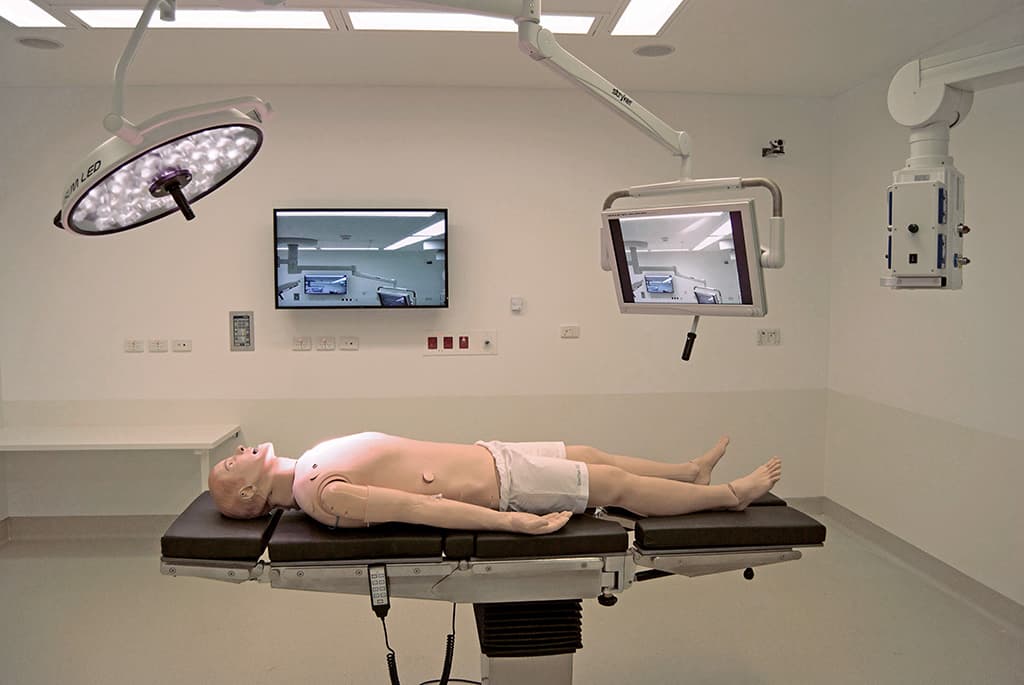

Medic!: (Left) A responsive Laerdal subject awaits ‘surgery’ in the simulation lab while assessors can view and record the procedures from the control room, controlling remote cameras and tagging the continuous recording for reviewing at a later time.
RADICAL SURGERY
Professor John Cartmill considered other facilities such as the Mayo Clinic, John Hopkins, and The Royal College of Surgeons as a starting point for the brief. But rather than basing the AV at ASAM on the physical structure of those institutions, the professor instead developed the specification on the fundamental principles of the pursuit of excellence, lifelong learning and joint action.
He admits that having surgeons formulate the AV structure could be “a recipe for disaster”, but notes that substantial consultation was key. He said: “I consulted widely with my colleagues at ASAM, the Dean, Michael Morgan, the Professor of Medical Education Rufus Clarke and particularly my father, Professor Tim Cartmill – not a member of the University but an experienced surgical educator. We spent a lot of time tossing ideas back and forth. Dr Richard Morris was influential and so was Professor Michael Patkin, a surgical ergonomist. Mr Evan Rawstrom, our chief operating officer helped by reminding me to follow my imagination… he was the one to work out how to pay for it.”
Underlying all of this is the ultimate goal of the ASAM facility: surgeons learn to operate at the ASAM undertaking practice in bowel surgery, neurosurgery, orthopaedics and ‘plastics’. AV is not the entire education solution but is recognised by the team as part of it. Simulation, practice surgery and actual surgery are the mainstays of the learning, with AV allowing students to make the most of each exercise.
“”
It’s great to see users getting so hands-on and taking the time to learn how to operate the AV system
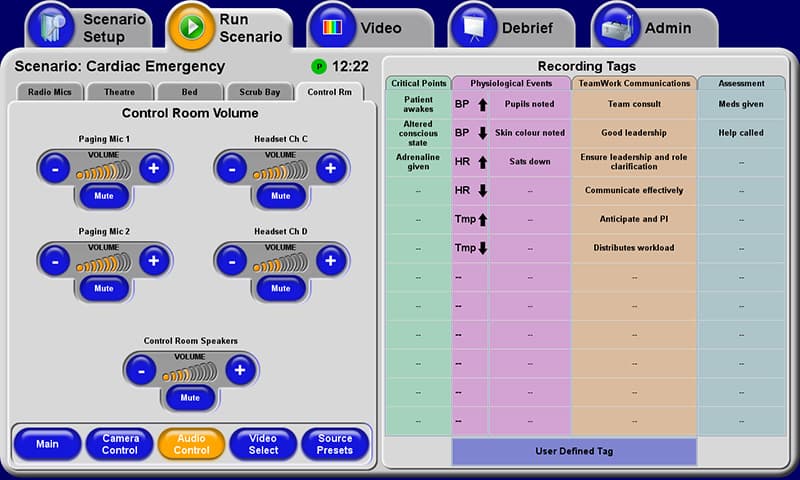
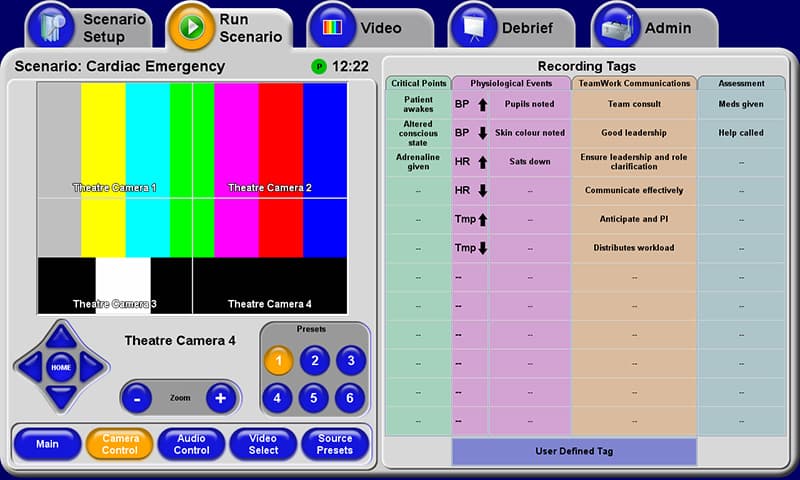
EASY TO OPERATE
The heart of the control for all this magic is the AMX interface. For Jonathan McFarlane, Audio Visual Engineer at the ASAM, making an advanced system operator friendly is a paramount achievement. “The AMX interface has been designed to be easy to use and even our most complex system can be operated by a standard user,” he said. ”I often walk past a room to find someone rehearsing their presentation with the interactive whiteboard or testing the system to see what is it is capable of. It’s great to see users getting so hands-on and taking the time to learn how to operate the AV system. I think this stems from a sense of ownership the scholars and academics have from being so involved in this project from the very beginning.”
There is an appreciable buzz and sense of excitement felt when walking through the facility. Despite the experience gained by students learning in such an environment, the ability to review hands-on lessons via an elegant and unobtrusive AV system cannot be underestimated. “AV technology is such an essential part of the educational programs here, particularly for assessment and peer review,” McFarlane said. “I’m in a position where I get to help users develop ideas on what they can do with this technology. It is refreshing having a focus on development rather than technical support and ‘break/fix’ work. This part of an AV project can often be overlooked, in that the contractors pack up their tools, the design consultant moves onto the next job and the client is left with an AV system that they don’t really know what to do with. AV is more than projecting a computer image and I am really trying to push that here.”
RUDE HEALTH
And the human input to such a system is not lost on Professor Cartmill. “Jonathon McFarlane has been able to take the facility and extend its capacity in insightful creative ways that go well beyond the original brief. He listens, interprets, explains… makes things happen in a patient and robust way. Jonathon has an eye for appearance and detail that I lack and his systematic ‘engineering’ mind is the perfect balance to the spontaneity. He is just terrific and without him I doubt that we would really have an AV system.”
Hospital equipment supplier Stryker was responsible for the overall installation, with Chad Wihelm and Chris Szeleczky at the helm. The extensive AMX programming was completed by Matthew Taylor and Keith Austen from AT Controls. The school itself has set a new benchmark in the way AV integrates with teaching at this level. It’s unobtrusive, effective and more importantly user friendly. The technology as applied does not get in the way of its usefulness, with its back-end complexity hidden from the operator. While being a showcase for the way AV can be intertwined to augment such teaching, it is also a showcase as to how AV technology can be effectively deployed in a unique and fascinating field.
SLAB LAB
Another significant aspect of the school is the Anatomy Laboratory, a vast room with 12 separate ‘operating’ tables each with individual overhead surgical lighting. Practice surgery is respectfully performed here on those who have generously left their earthly remains to the advancement of science. The overhead operating lamps can also be fitted with POV cameras feeding up to 11 adjacent LCD screens, ensuring that when the surgeon focuses the light on his work, the camera is also precisely angled to cover the action. Again, this vision can be recorded, tagged and stored for later review.
EQUIPMENT HIGHLIGHTS
ANATOMY LAB
1 x Projection Design F121080P projector
1 x 130-inch 16×9 motorised projection screen
1 x AMX NXD-1700vi 17-inch touchscreen
1 x AMX TPI PR04-DVI Total Presentation Interface
1 x AMX NI-4100 controller
4 x AMX NXC COM 2 RS-232 cards
1 x Extron SMX Series matrix switcher with 4×4 DVI, 16×16 S-Video, 8×8 VGA, 8×8 audio cards
1 x Foxbox 4G DVI fibre transceiver pair
1 x Foxbox 2G AV audio and video fibre transceiver pair
1 x Biamp Nexia VC audio matrix mixer
4 x QSC CX204V amplifiers
2 x Shure ULXS-1493 lapel microphone system
10 x Extron SI26W ceiling speakers
2 x Extron WP-180 AV patch panel for any external video/audio source
2 x Canon VCC-50i wall-mounted pan & tilt cameras
10 x Stryker 680mm Surgical LED light & flat panel arm
1 x Canon VCC-50i monitor mounted pan & tilt camera
1 x Stryker inlight camera
10 x Stryker 21-inch HD monitor
VIDEO HUB (MACHINE ROOM)
2 x Polycom HDX9004 HD videoconferencing system
2 x Polycom ISDN 30 channel PRI interface
1 x Hai Vision Oscar H264 streaming encoder
4 x 46 RU equipment racks and accessories
2 x 30 Channel ISDN
SIMULATED OPERATING THEATRE
1 x Stryker 680mm surgical LED light & flat panel arm (Inlight camera ready)
1 x Stryker Inlight camera
1 x Stryker 26-inch HDTV Monitor
1 x Stryker flat panel cable kit
1 x 400mm articulating anaesthetic boom
1 x pre-installation kit for future equipment boom
5 x wall-mounted pan & tilt cameras
1 x NEC M46 46-inch 1080P LCD screen and bracket
4 x Extron SI26W ceiling speakers
2 x Shure MX-212C ceiling microphones
4 x Shure ULXS-1430 wireless headset system
3 x CPM1 03 AN quick connections points







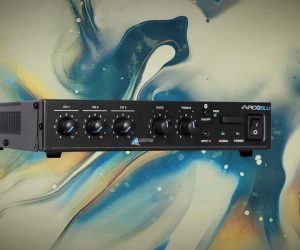
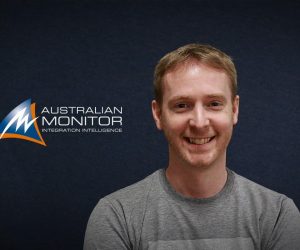
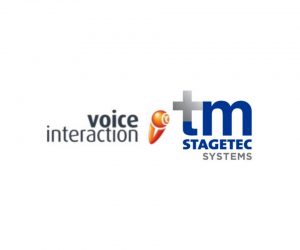

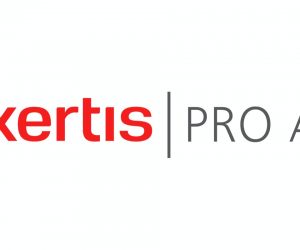



RESPONSES